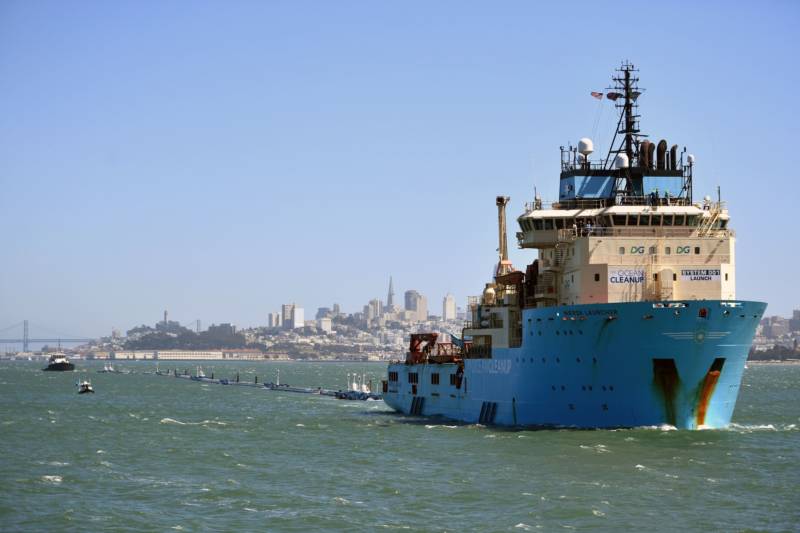A floating device sent to corral a swirling island of trash between California and Hawaii has not swept up any plastic waste, but the young innovator behind the project said Monday that a fix was in the works.
Boyan Slat, 24, who launched the Pacific Ocean cleanup project, said the speed of the solar-powered barrier isn’t allowing it to hold onto the plastic it catches.
“Sometimes the system actually moves slightly slower than the plastic, which of course you don’t want because then you have a chance of losing the plastic again,” Slat said in an interview with The Associated Press.
A crew of engineers is expected to reach the U-shaped boom Tuesday and will work for the next few weeks to widen its span so that it catches more wind and waves to help it go faster, he said.
A ship towed the 2,000-foot-long barrier in September from San Francisco to the Great Pacific Garbage Patch — an island of trash twice the size of Texas. It has been in place since the end of October, Slat said.

